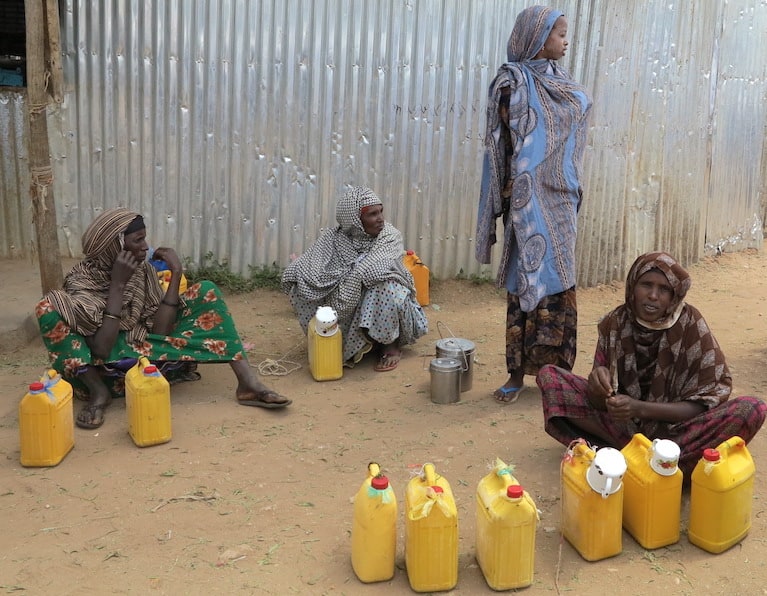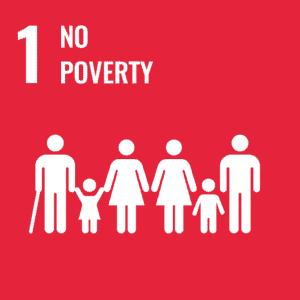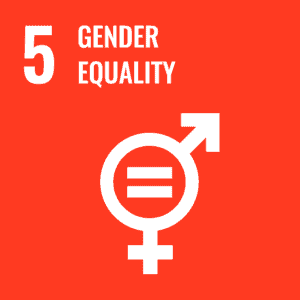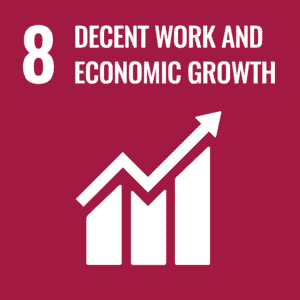Involvement of resident population and refugees in dairy development
Project Overview

Countries
Ethiopia
Project name
ILO Dairy
Project status
Active
Duration of the project
Start: |
01.11.2021 |
End: |
30.04.2023 |
Budget
USD 300’000
Financed by
Dutch government (PROSPECTS Partnership)
Project area
Topics
Tags
Background
Despite efforts by the Ethiopian government and its development partners, the lives and livelihoods of people in Ethiopia’s Somali Region are at risk from various natural and man-made shocks. Several factors undermine the food and income security of the population. The region is also one of the largest refugee areas in the country, largely due to conflict and recurrent droughts in Somalia.
As displacement becomes increasingly protracted and return therefore impossible, measures must be taken that focus on durable solutions. Through humane, inclusive and comprehensive programs for refugees/IDPs and their host communities, self-reliance can be enhanced, self-determination promoted and social cohesion strengthened.
The dairy value chain is one of the potential areas for sustainable enterprise development in the Somali Region of Ethiopia, which has enormous livestock resources. It is an important sector that women and young people between the ages of 15-29, from the resident population as well as refugee youth and women can effectively engage in and earn a living.
The goal
The project targets the entire value chain of milk production. Thus, along the value chain, capacities are to be built in the target communities and market access is to be created. This is complemented by interventions to help strengthen demand for local dairy products.
Specific objectives are as follows:
- The target groups have improved capacities to produce, process and market high-quality dairy products.
- Target groups have improved their entrepreneurship, financial literacy, access to finance, and connectivity to providers of inputs and services for dairy production and processing is.
- Improving the business environment for the dairy value chain between target groups through public-private dialogue.
Approach
VSF-Suisse has been active in Ethiopia for years, working along livestock value chains that help improve incomes and enhance food security. For this project, VSF-Suisse is using the Inclusive Market Systems (AIMS) approach. This approach seeks to actively support both the supply side and the demand side.
Which of the 17 UN Sustainable Development Goals does this project work towards?











